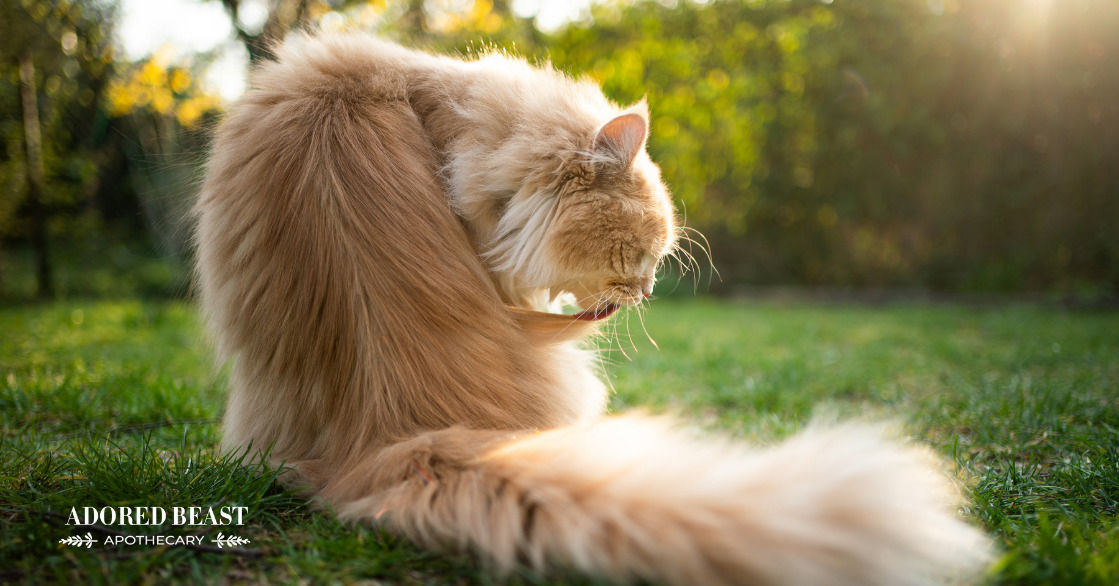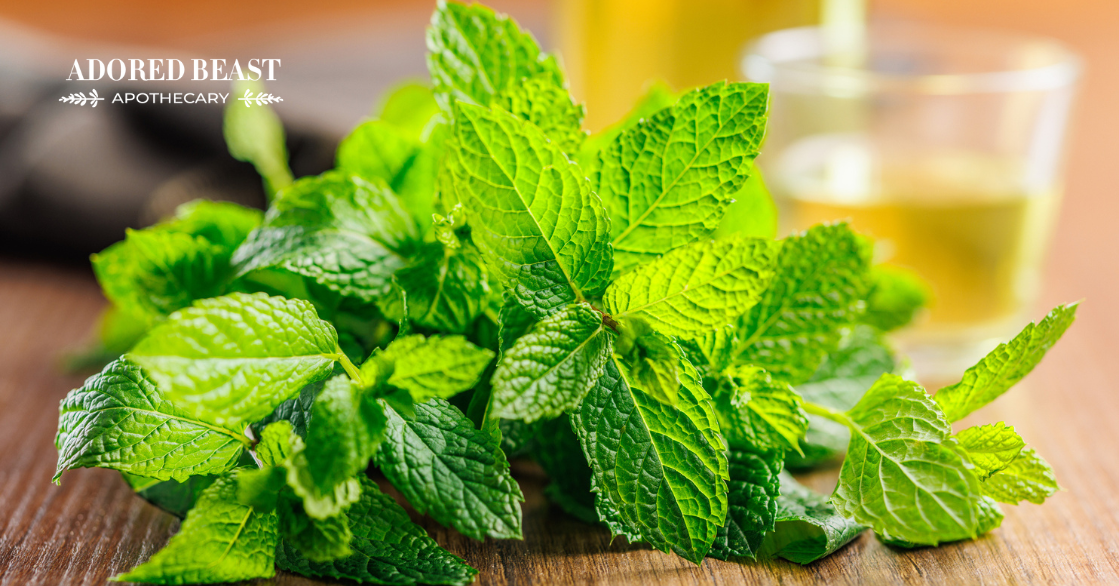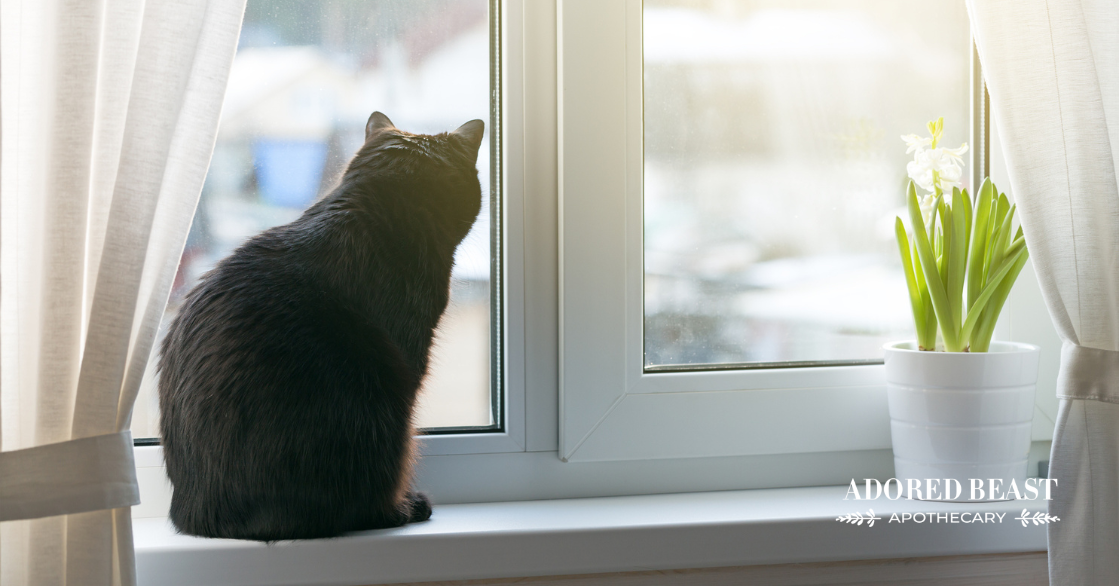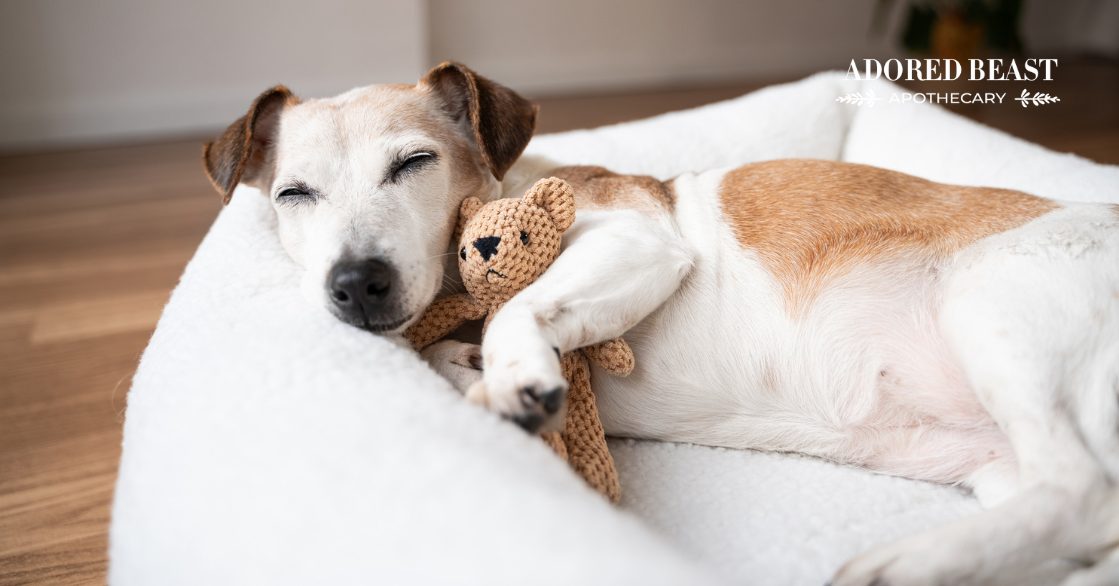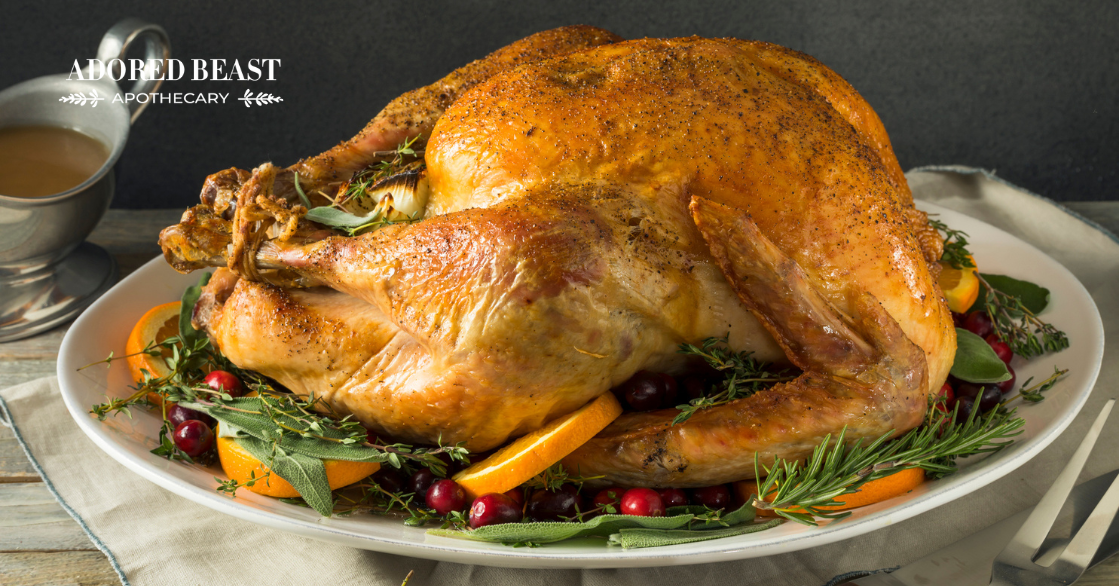“Ack, hack, retch, gag…plop.”
Any cat parent knows that hairballs in cats are unpleasant. And that’s not just because you often discover them squished into your toes as you’re heading to the bathroom at 2am. Hairballs can also cause blockages – obviously that’s not good – or be a sign of other underlying issues.
So, what actually causes hairballs in the first place? How can you tell when they’ve become something abnormal? And, is there anything you can do to prevent them or reduce their frequency?
What Causes Hairballs?
Trichobezoars, AKA hairballs in cats, can typically be chalked up to a few different causes, but underlying each one is the fact that cats don’t really break down fur the same way they do food. So any fur they ingest, usually via regular grooming, has to come out somehow.
When a cat grooms herself, tiny hook-like structures on her tongue catch loose and dead fur, which she then swallows. Most of this hair passes all the way through the digestive tract with no problems, and you may even see bits of fur in her poop (that’s totally normal). The hair that makes this journey through the body doesn’t result in hairballs.
However, if some hair stays in the stomach, that’s when hairballs occur. These are the bad boys you’re going to be stepping on in the middle of the night – or finding at random places around the house.
Fun Fact: Because hairballs pass through the narrow esophagus on the way out, they often appear thin and tube-like, rather than round. So, the term ‘hairball’ could almost be ‘hairtube’ or ‘hairsausage.’ Ok, maybe more yuck fact than fun, but you get the picture 😉
Are Hairballs in Cats Normal?
Some cats, particularly long-haired cats, and older cats rather than kittens, are more prone to hairballs, simply because of their abundance of fur or mature grooming habits.
The occasional hairball, even on a semi-regular basis, isn’t something you need to worry about. But, if your cat is hacking, wheezing, gagging, and throwing up hairballs every day, that’s a different story. (Note: hacking, wheezing, gagging can also be symptoms of asthma, so make sure you get that checked out as well.) Regular grooming is typical cat behaviour, but over-grooming is going to mean more hair in, and thus more hair out. Over-grooming is not normal, and is often caused by an underlying issue, such as:
- Stress
- Boredom
- Medications
- Hormone imbalances
- Food allergies or sensitivities
- Environmental allergens
- Flea dermatitis
- Pain
**Sometimes a healthy cat will groom a companion kitty if the other cat isn’t feeling well. That means twice the fur in their tummy.
If your cat seems to be constantly licking her fur, that could be a sign that there’s something else going on. It might be a good idea to speak with your trusted veterinarian and take steps to try and reduce the frequency (don’t worry, we’ll cover those coming right up!).
Additionally, as mentioned, if that mass of fur gathers up in the digestive tract and can’t get out, it may cause an obstruction, which is a serious issue. You really want to work on trying to prevent this from happening. Signs of an obstruction include lethargy, a refusal to eat for more than a day or two, or repeated episodes of unproductive retching or true vomiting. If you see this, call or head to the vet.
Preventing Hairballs in Cats
There are several things that you can do to help reduce the occurrence of hairballs and avoid a serious obstruction.
- Brushing. Grooming your cat on a regular basis (simple brushing does the trick) will help remove a lot of the loose fur that might otherwise end up being ingested. Make it a weekly activity. Most cats enjoy a nice gentle brushing, but if it stresses your kitty out, try to do it in shorter bursts, perhaps a few times a week. Go slowly, do it in a comfortable spot, and be gentle.
- Species-appropriate Diet. The amino acid profile in raw meat is very similar to your cat’s cell receptors, allowing them to produce healthy skin and fur cells which lead to less shedding equals less fur balls. It also creates a more acidic ph in the gut, leading to an easier breakdown of the fur that is consumed. This means that if they do get a hairball now and then, it can be easier to evacuate and does not cause them discomfort. It’s a win-win situation!
- Soothe the Digestive Tract. Often, if there’s inflammation in the gut (even if you don’t see it), that could be a reason for hairballs. If moisture intake isn’t being properly assimilated, that can lead to more obstruction of hair. This can also impact motility – it won’t be as fast as it should be, which also affects the ability of the hair to move through the digestive tract. Slippery elm and marshmallow root are two really good herbs for this. They allow for more slippery mucus to coat the digestive tract, allowing the hair to expel more easily.
- Probiotics. If the gut microbiome is unbalanced, more often than not the motility of the gut (the process through which substances move through the intestines) is negatively affected. This can cause the inability of hair removal and allow dangerous pathogens to remain in the gut. It can also interfere with nutrient absorption. High quality probiotics can help to rebalance the gut microbiome to support the proper motility function of the digestive tract. (Feline Gut Soothe contains probiotics too!).
- Digestive Enzymes. Adding digestive enzymes to your cat’s food may also help reduce hairballs. Enzymes actually help break down the consumed hair in the digestive system and allow for easier passage. And as an added bonus, your cat will get more of the nutrition provided in her food as the digestive enzymes make the food easier to digest and absorb!
- Omega-3 Oils. Omega-3s are important for overall health and a well-balanced diet, but they can also help with hairballs. They nourish the skin and coat to help reduce shedding, and can help lubricate the digestive tract to move ingested hair along.
If your cat gets hairballs occasionally, there’s usually no need to worry. Make sure that you’re feeding a diet and supplements that support the entire digestive system to help move that ingested fur along, and keep an eye on grooming habits and levels of stress and boredom. With a little support, you may just notice those late night “step-ins” become a thing of the past!
Our founder Julie Anne Lee believes that animals wouldn’t have been designed to get insanely ill from the ingestion of fur. The average cat spends about half their day grooming, and thus ingesting fur. This topic is close to Julie’s heart because she believes that so many cats needlessly suffer from this, and she is researching different ways to support you so keep an eye out for new things that she has up her sleeve!

